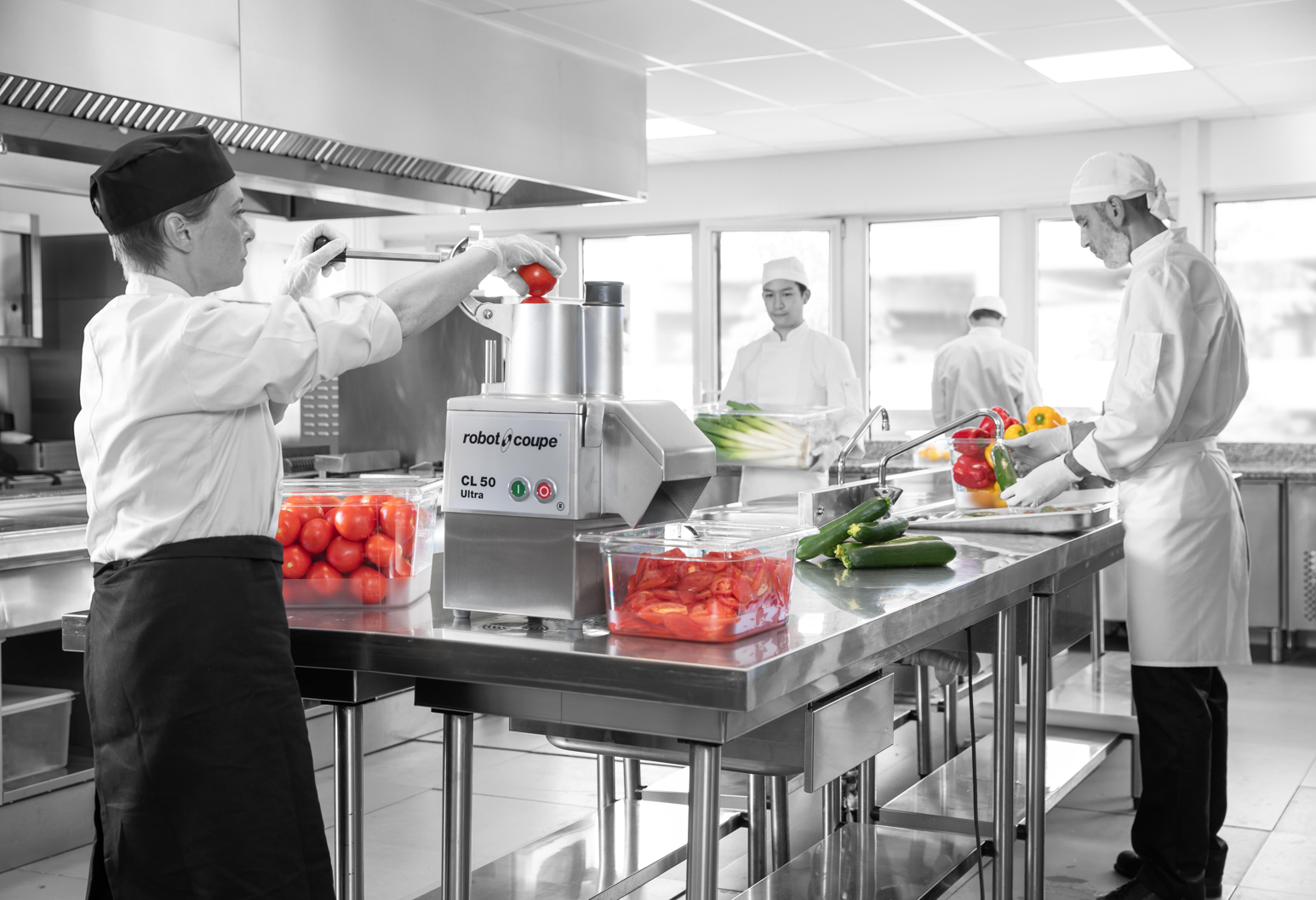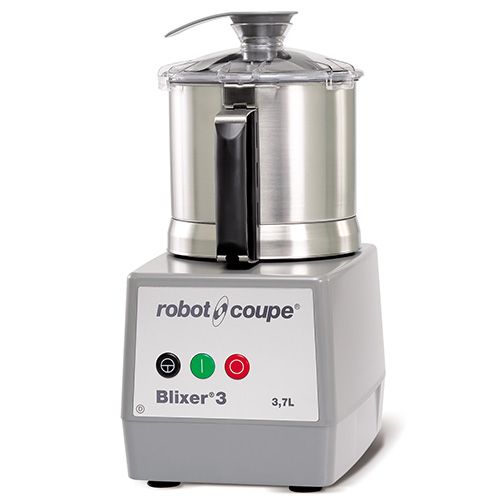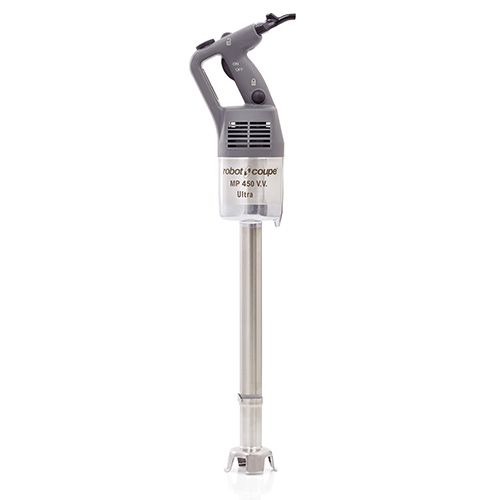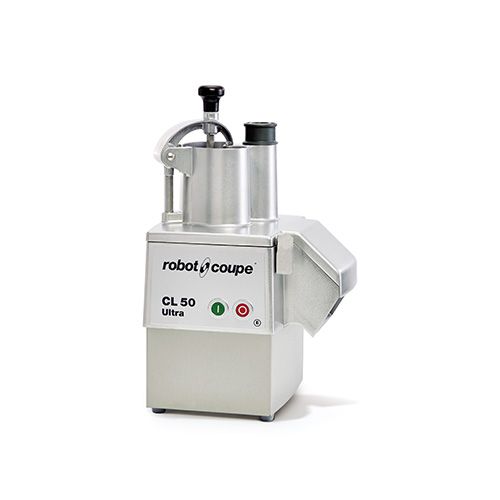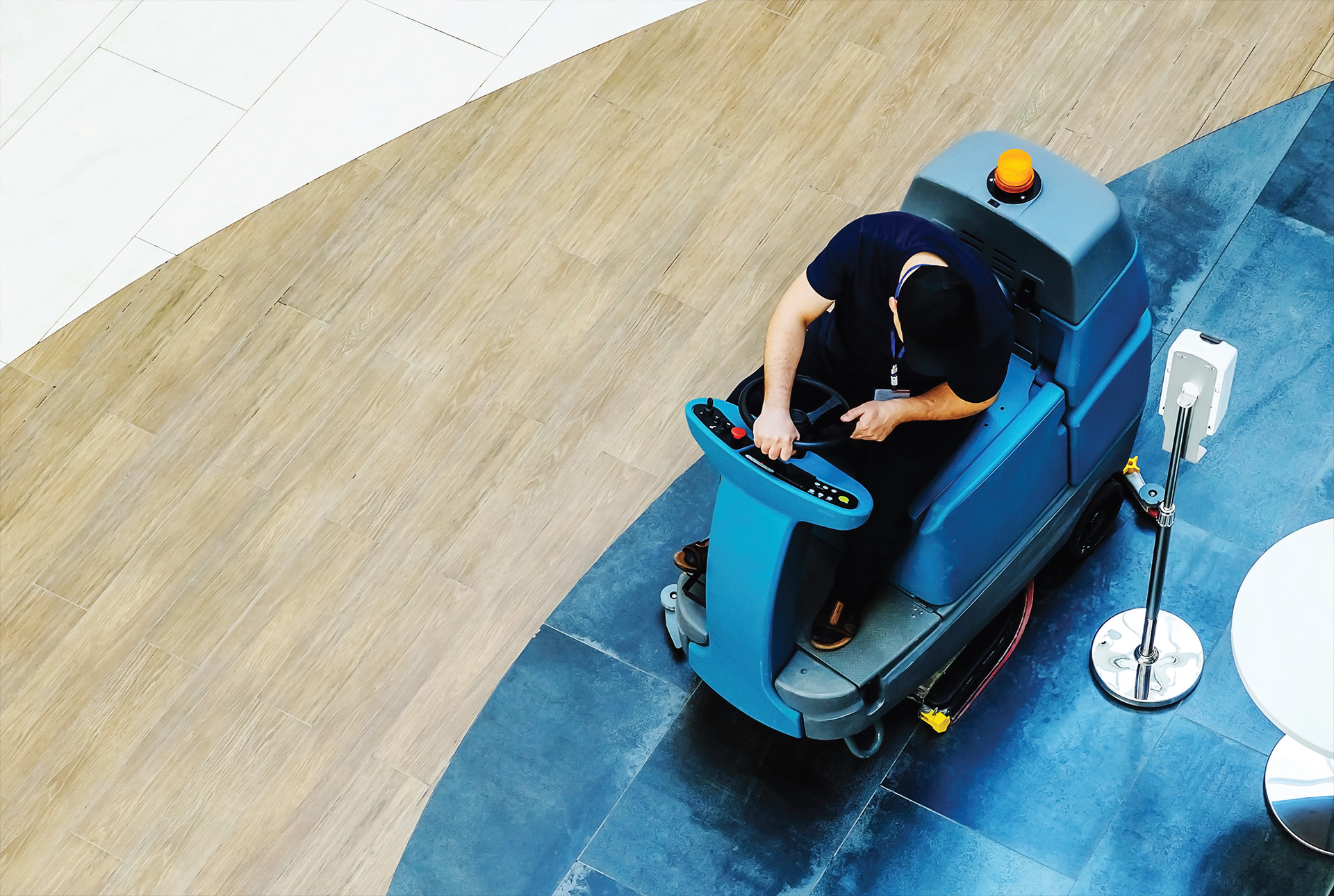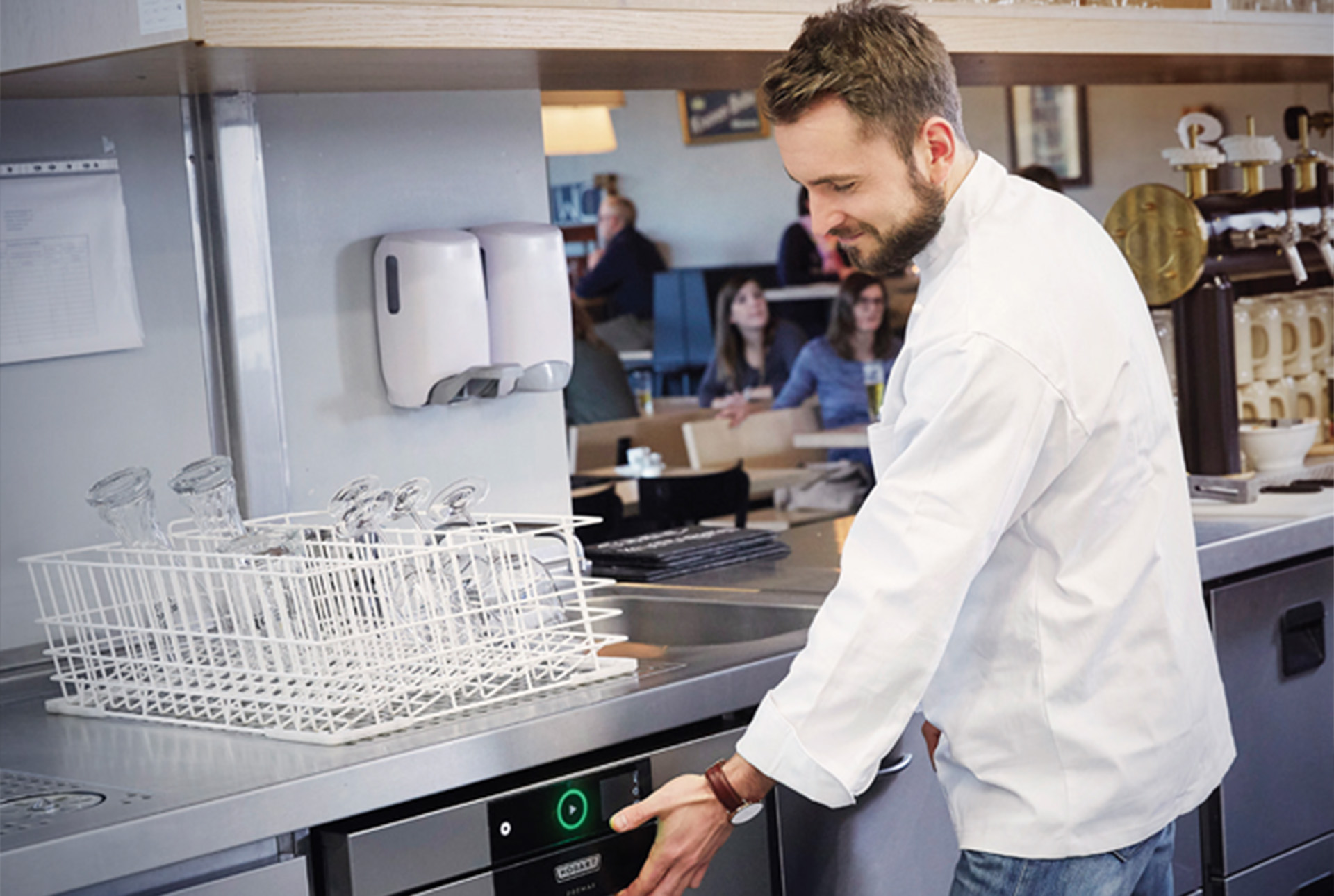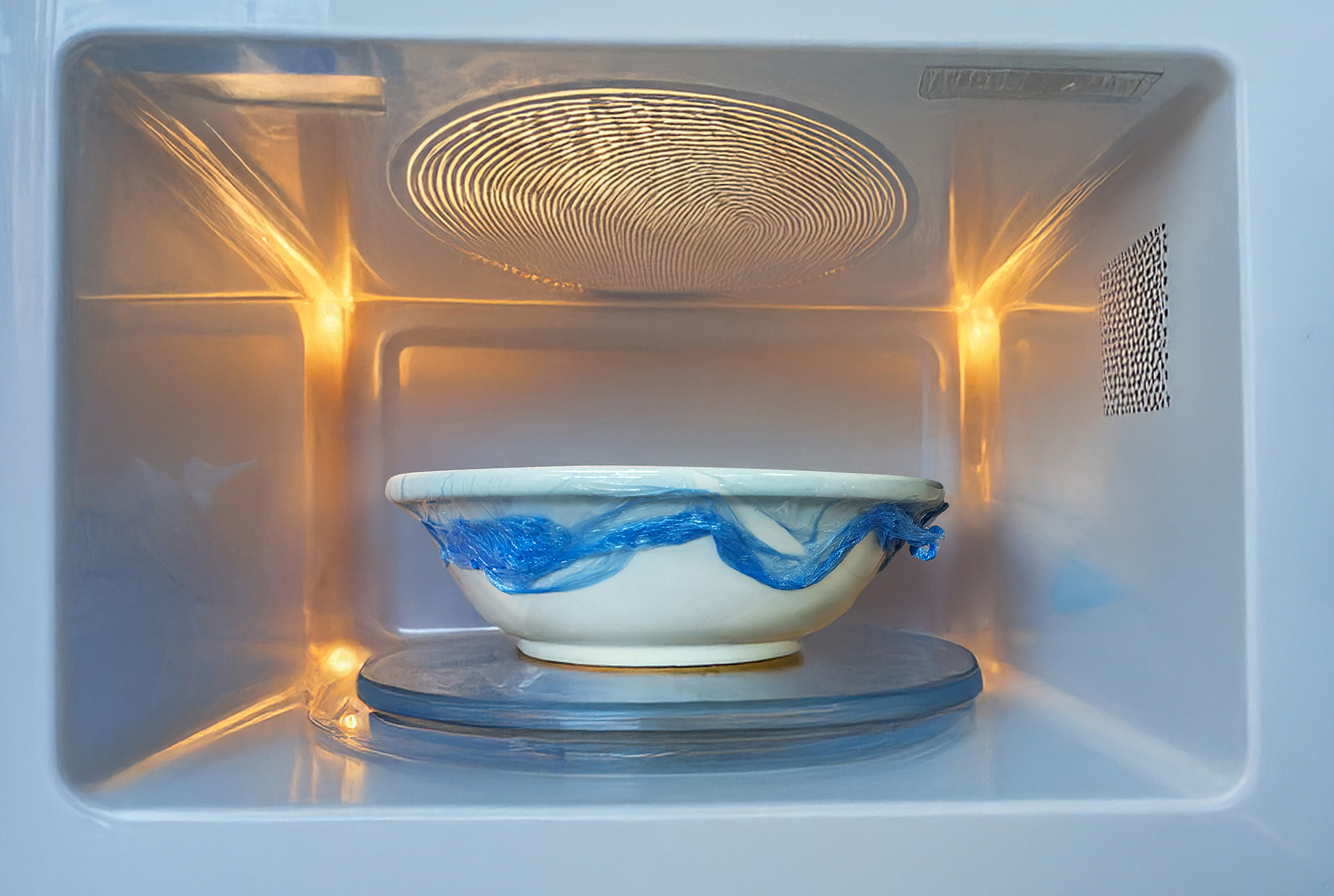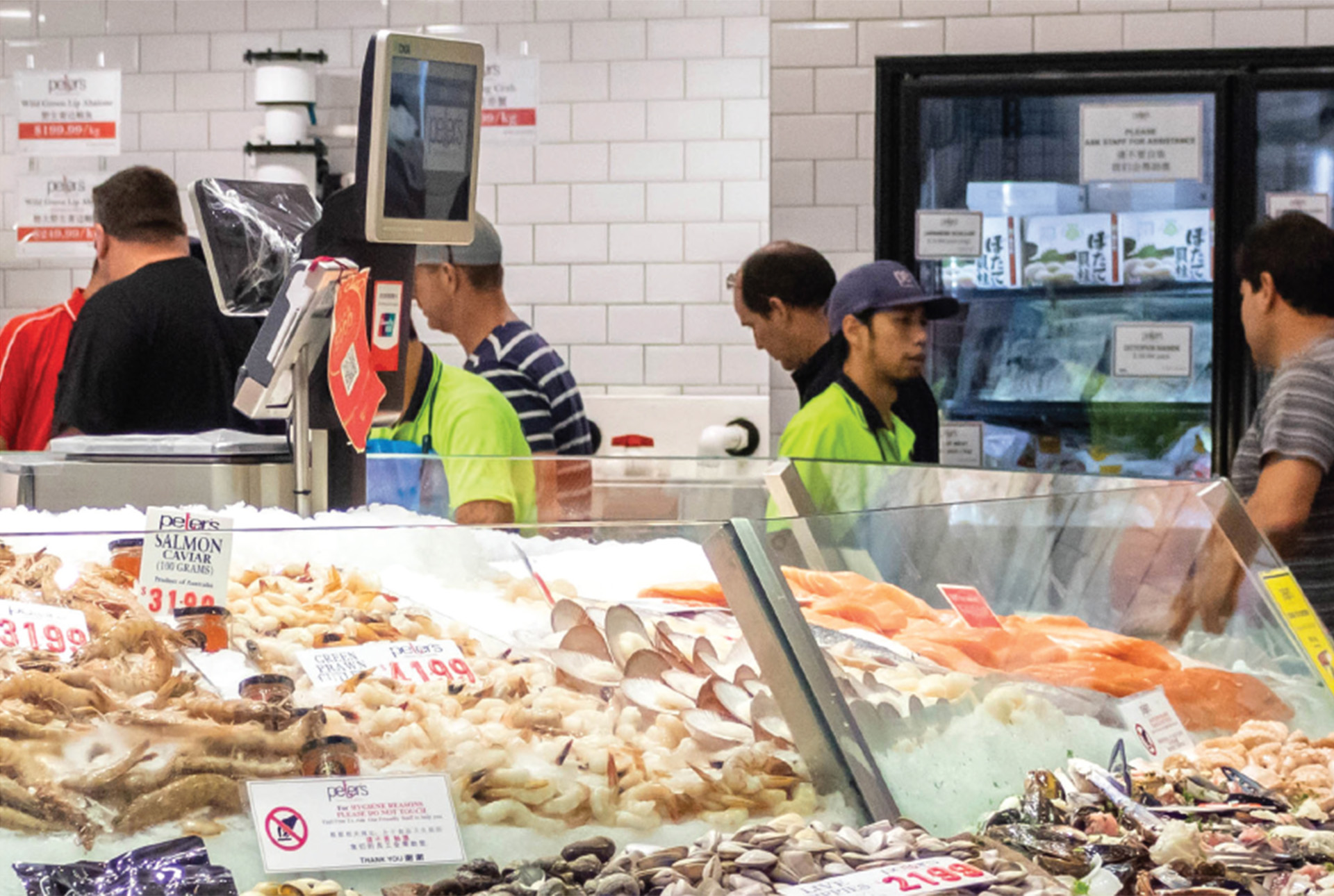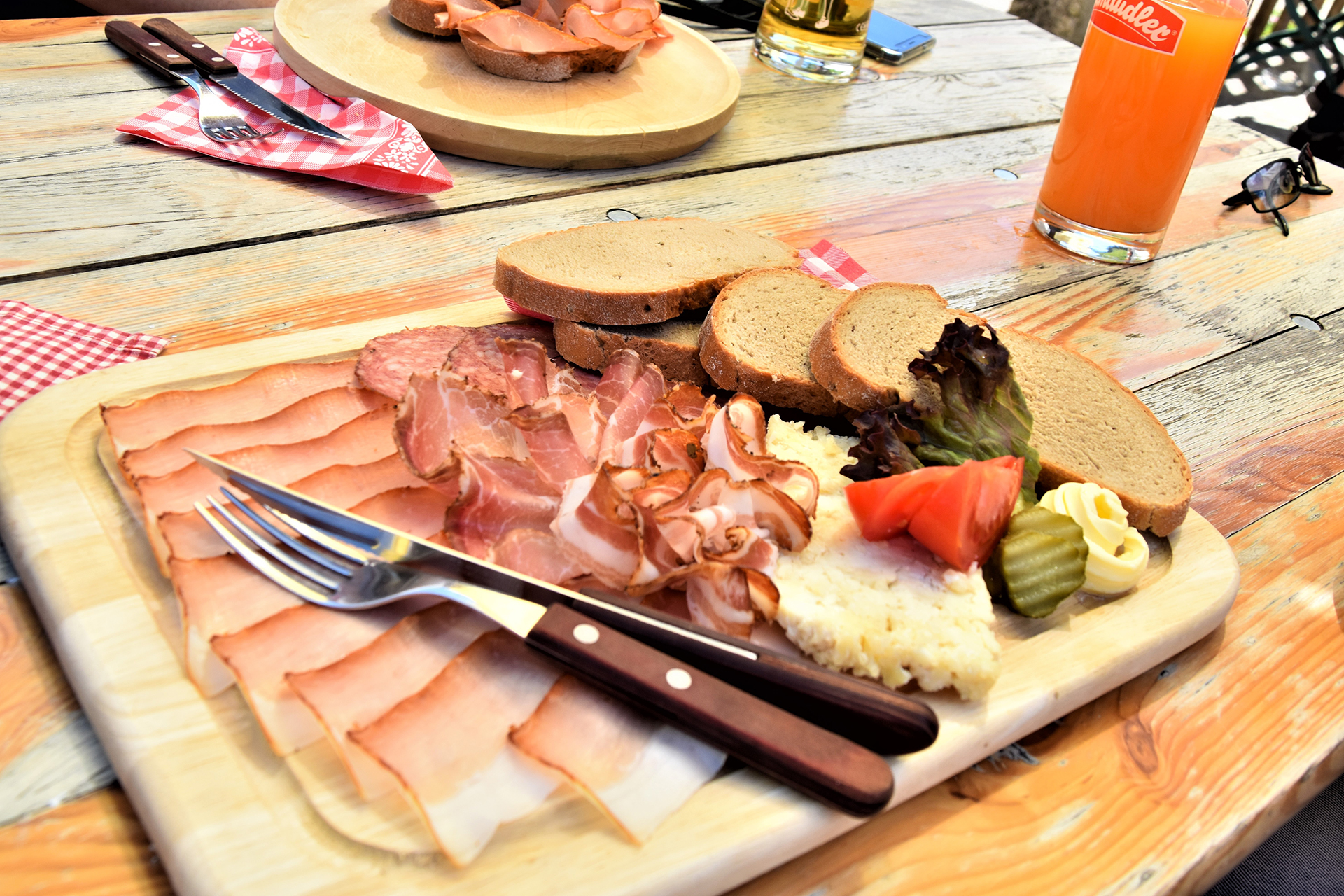Not all commercial kitchens are created equal. From the volume of food being processed to the space you have to work in – and a hundred other factors in between – each kitchen is as unique to a business as the people staffing it. But the one thing that can ensure any kitchen reaches the highest levels of efficiency, quality and output is having the right equipment.
That means choosing products that work best for your set-up, whether your key considerations are space, saving on labour costs, or something else. We spoke to Martin Levavasseur, National Sales Manager at Robot-Coupe Australia, to help identify four areas worth weighing up before ordering new equipment, so you can select a fit-for-purpose solution and maximise the value of your outlay.
1. OPT FOR QUALITY
High-quality modern equipment may come at a premium, but it will often be more cost effective in the long-term, especially considering efficiency, durability and sustainability. Levavasseur advises that quality equipment equals better results, too.
“We find that customers are often surprised with the difference in end-product results when they follow the same recipe but with different machines,” he says. “The small things that make up equivalent machines from different brands can give you very different results in things like consistency, speed, precision and yield.”
2. DETERMINE YOUR WORKFLOW
You might be delivering food from an L-shaped nook in a 100-year-old pub or an open-plan superkitchen in an ultra-modern facility – either way, you need to think about what equipment will work best in your space. Calculate dimensions before buying large items such as fridges and ovens; it may be that smaller and more versatile units are best for ensuring your staff have unrestricted workflow.
3. GUARANTEE FOOD SAFETY AND CONSISTENCY
Safety and hygiene are crucial to operating a busy commercial kitchen, making it very important to choose equipment that complies with regulations while delivering the same results time and again. Levavasseur gives the example of food thickness – if the thickness of an ingredient varies during preparation, it can have significant flow-on impacts; inconsistent cooking and a variation in food cost.
Alongside recent price increases on fresh produce, portion control is paramount to businesses. “Consistency in the kitchen is key, and quality commercial kitchen equipment ensures it,” he says.
4. MAKE SURE IT’S EASY TO USE
With many kitchens experiencing high turnovers of staff and extremely busy periods, food-prep equipment needs to be easy to operate and able to handle high volumes of food. “The past year or so has created a massive gap across the hospitality industry when it comes to finding, training and retaining skilled staff,” explains Levavasseur. “The right kitchen equipment can alleviate some of the strain – the user doesn’t need to be a trained chef to operate a vegetable prep machine, for example.”
The time saved from using the right equipment can result in significant savings for the business, too. For example, where it might take 25 minutes to slice 10 kilos of semi-frozen squid tubes, with the right kitchen equipment it will only take one. This is invaluable when it comes to your bottom line.
“When designing a menu you base the price of a dish on the cost of the ingredients and if the chef messes up, you end up paying more for it,” Levavasseur says. “The right commercial kitchen equipment can ensure the consistency of your dishes and the quality of your product. And quicker mise en place equals more time to concentrate on other things.”

